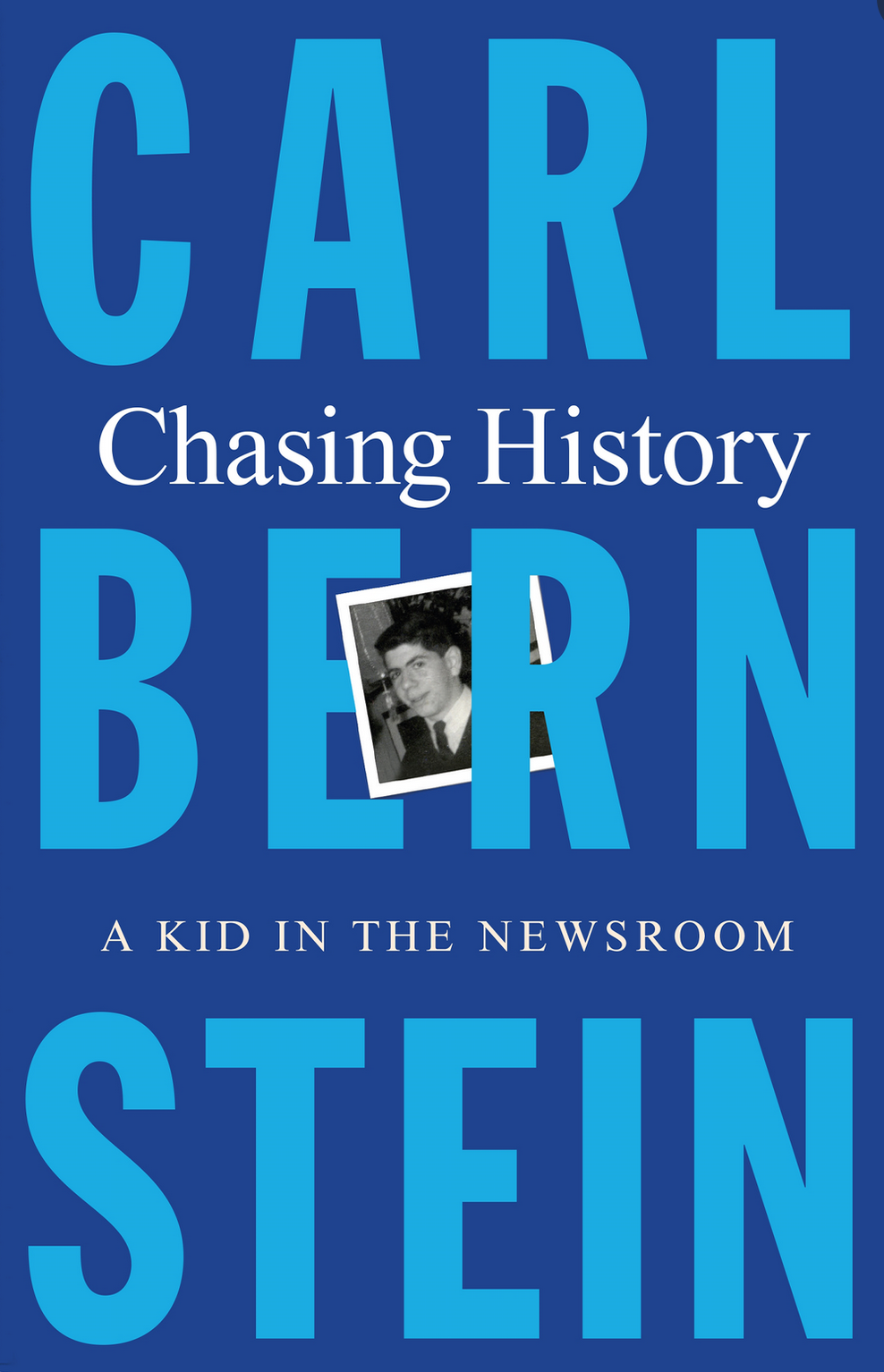5 HOT BOOKS: Carl Bernstein Looks Back, Coco Chanel as Nazi Supporter, and More
/1. Chasing History: A Kid in the Newsroom by Carl Bernstein (Henry Holt)
If you want Hoffman and Redford of All the President’s Men, see the movie because Bernstein’s charming memoir has an elegiac quality in no way redolent of the Nixon era. Instead, this is Bernstein’s origin story, capturing the wonder of a lousy high school student in 1960 who is drawn to the “purposeful commotion” of the newsroom and the warm, just-printed pages of the newspaper. After rising from copyboy to “legman” (assistant to a reporter) to “dictationist” to reporter at the now-defunct Washington Evening Star, he was assigned to cover the parade at the inauguration of John F. Kennedy, at a time when Washington was a small town reckoning with racial injustice.
2. Coco at the Ritz by Gioia Diliberto (Pegasus Books)
Diliberto’s gorgeous novel begins at the Ritz Hotel in August 1944 with wealthy fashion archetype Coco Chanel commanded to a Paris police station to be interrogated about her relationship with a German spy known as “Spatz,” who she claimed was a cultural attaché. Diliberto uses the four years the pair lived together in luxury at the Ritz to illuminate how Chanel, who understood that “fashion is a form of escapism,” bribed people who knew her darkest secrets. In the eloquent Author’s Note to her wonderful novel that enriches contemporary understanding of those war years, Diliberto contends that for some Chanel can reflect the treachery of France during World War II, but that in evoking the woman behind the eponymous brand of luxury, Dilberto is also writing a story about “the choices one woman made when the stakes were at their highest, why she made them, and the consequences to those around her.” Insurrection: Rebellion,
3. Civil Rights, and the Paradoxical State of Black Citizenship by Hawa Allan (W. W. Norton)
In her bracing blend of personal narrative and legal history, Allan focuses on the little-known Insurrection Act of 1807 and how American presidents have invoked it to restrict, and in some cases, African American civil rights. Drawing from the work of intellectuals like W. E. B. Du Bois and her own history growing up on Long Island, Allan gracefully looks back at “the ongoing and often bloody battle to fully incorporate black Americans into the citizenry of the United States.” From Franklin Pierce’s intervention in clashes over slavery to John F. Kennedy’s order to enlist the National Guard to integrate the Alabama schools, Allan explores how much latitude the president has to determine what counts as an insurrection, and what that meant in the Trump era.
4. Anthem by Noah Hawley (Grand Central)
Its title and the red, white, and blue cover of this hefty 400-plus-page thriller confer a gravitas, a respect for old-fashioned American values, but remember: Hawley created the FX series Fargo, and he brings that subversive sensibility to his fiction. From its opening pages set at an elementary school auditorium in April 2009 with the stock market spiraling, a “holy space where adults congregate to worship the promise of their young,” Anthem fast-forwards to the near future and mixes up a concoction of magic and reality in a nation of political turmoil, climate disaster, insurrection, teen suicides, pharmaceuticals, and social isolation, as a motley crew of adolescents band together and traverse the nation to establish a utopia. An act of Hawley’s sorcery, and with his sharp dialogue and short, elegant chapters, Hawley propels this novel toward a form of hope.
5. Yonder by Jabari Asim (Simon & Schuster)
“All of us have two tongues,” begins Asim’s powerful novel, set in the antebellum South on the Placid Hall plantation about 100 miles from free soil. It is narrated by a set of enslaved people for whom white people are the “Thieves” to whom they speak with “bloody strangeness in our throats.” The refer to themselves as the “Stolen.” Each one of “The Stolen” has a “song of dreams and drums” and a tongue that “reminds us that, despite everything, we love.” The Stolen must contend with the brutal master who fancies himself a researcher on Africans in America, and they speak in the short, finely honed chapters that propel the novel. Asim has a gift for evoking the rich emotional lives and meaningful rituals of the Stolen, for whom their shared language is a form of resistance.










